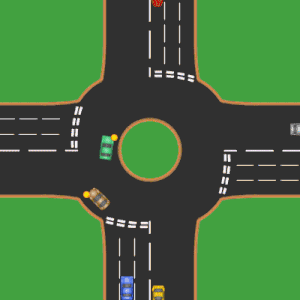County Donegal
A short 6 minutes or so from Donegal town we found Seven-Arch Bridge over the Laghey River in the village of Laghey on our way to Mullaghmore Head. There are many stone arch bridges in Ireland; this is a fine example of what you will encounter.
This impressive seven arch bridge is one of the more important bridges in the south County Donegal area. It survives in good condition despite some modern works and the infilling of the arch to the south end, and its survival is testament to the quality of the original construction during the eighteenth century. The slightly humpbacked form of this bridge creates an interesting profile, and is indicative of its relatively early date. This utilitarian structure is enhanced by the dressed stone voussoirs and slender ashlar cutwaters. This bridge was apparently built in 1768 and carried the former main Dublin/Sligo to Derry mail coach road, and it is indicated on the Taylor and Skinner Maps of the Roads of Ireland (1777 – 1783) map of the area.
Seven-Arch Bridge
County Sligo
Mullaghmore Head
Another 30 minutes down the road we arrived at Mullaghmore Head. The views here are impressive. It was rather calm when we were there, but your imagination didn’t have to run wild to see how the surf batters the coastline. The layered rock formations along the Wild Atlantic Way are a sight to see.
Jutting out of Sligo’s northern edge, close to the county’s border with Donegal, the small peninsula of Mullaghmore sits dramatically out into the North Atlantic.
The waters here are not simply photogenic. They have become known for some of the most sought-after waves in surfing. Mullahgmore is notably championed for one big break in particular which Surfing magazine has dubbed “a mutant Irish left”. Surfing is in the blood here. The famous Irish pro-surfer and local Sligo legend, Easkey Britton, was even named after a beach called Easkey, just an hour’s drive further south of Mullaghmore. – wikipedia

Classiebawn Castle on Mullaghmore Pennisula
Mullaghmore Head “Tow in Surf Session”
See more of Republic of Ireland 
See more of Northern Ireland
Views: 233

























































































